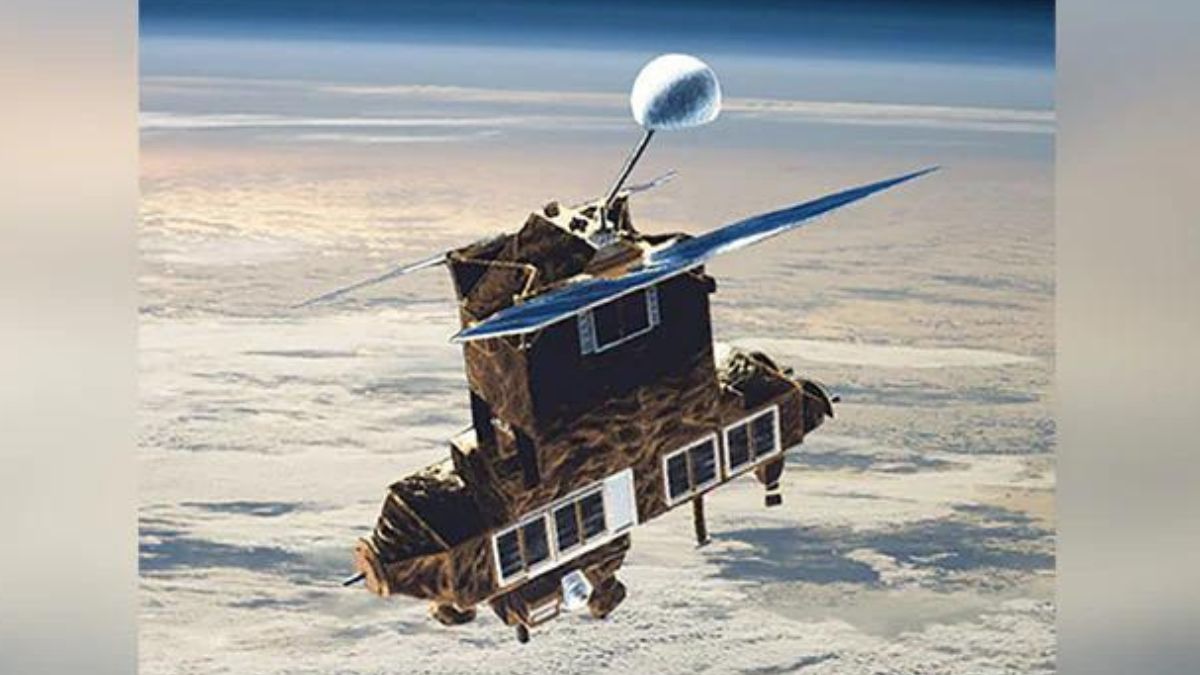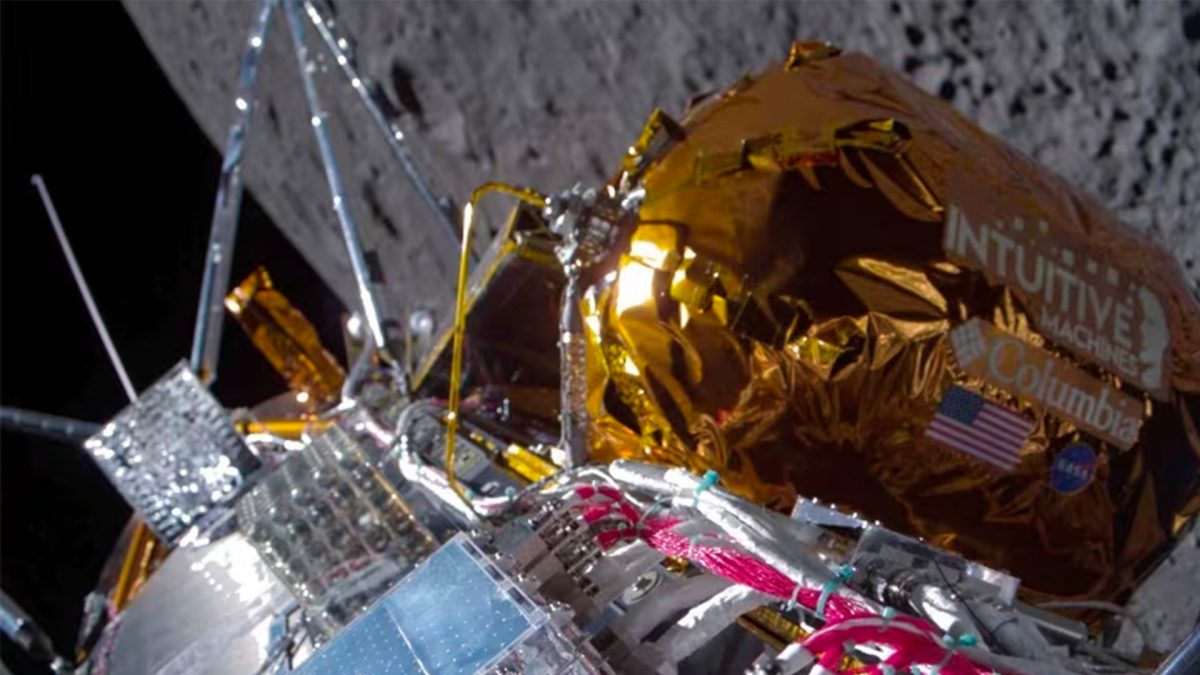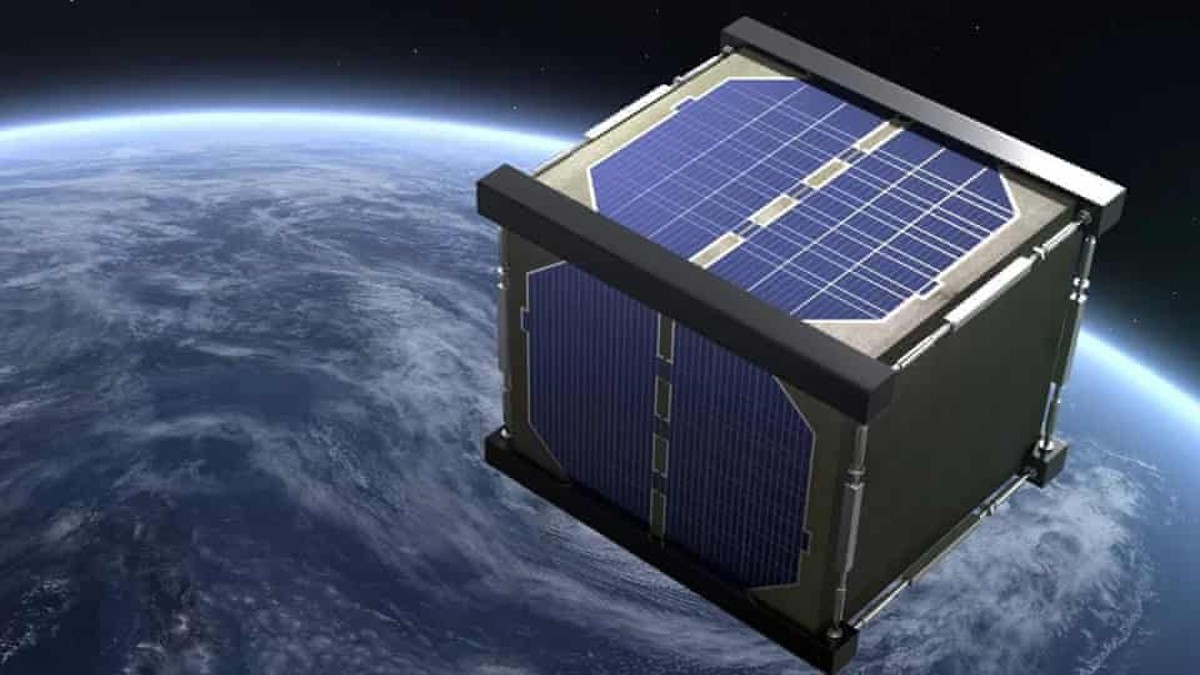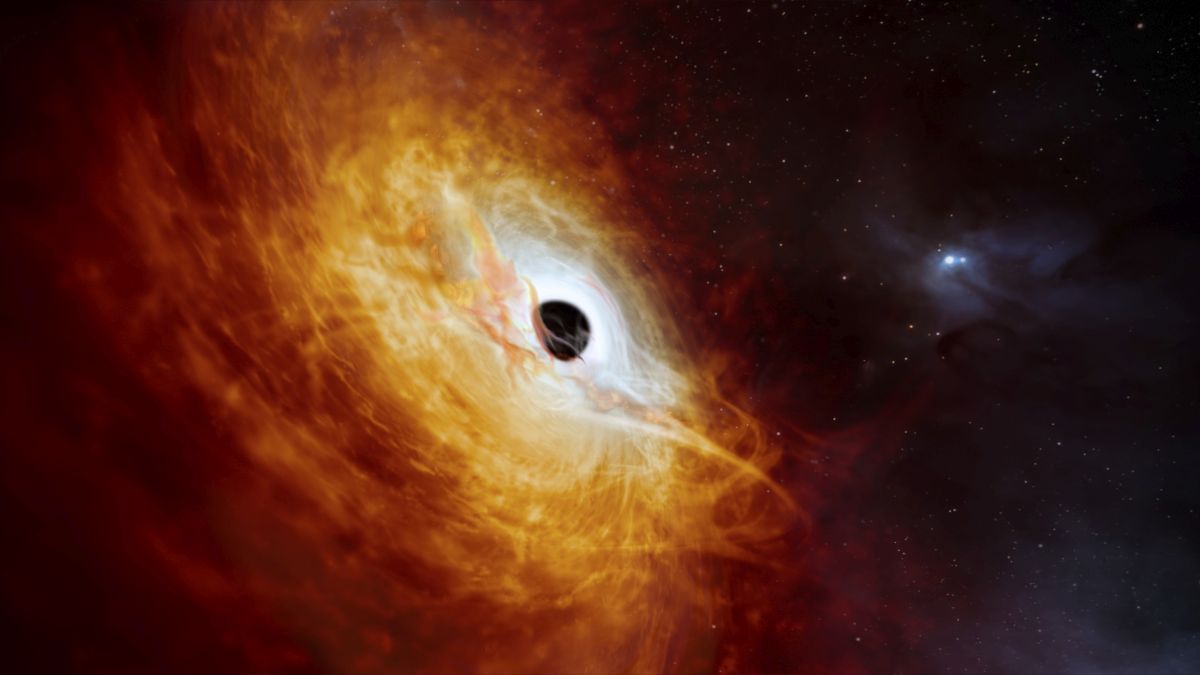Nasa has greenlighted a $188 million mission to study black holes. The black holes cannot be studied directly, but objects such as black holes tend to heat up the surrounding gas. The super hot gas emits x-rays, that can be polarised, or vibrating in a particular direction. Studying the polarisation of x-rays emitted from the heated gas around black holes, can help scientists understand the extreme environments in space where the laws of physics are pushed to their limits.
Paul Hertz, astrophysics division director for the Science Mission Directorate at NASA Headquarters in Washington, said “We cannot directly image what’s going on near objects like black holes and neutron stars, but studying the polarization of X-rays emitted from their surrounding environments reveals the physics of these enigmatic objects. NASA has a great history of launching observatories in the Astrophysics Explorers Program with new and unique observational capabilities. IXPE will open a new window on the universe for astronomers to peer through. Today, we can only guess what we will find.”
The The Imaging X-ray Polarimetry Explorer (IXPE) will launch three space telescopes by 2020, as part of the Explorers program. The Explorers program includes the Icon, Iris, NuStar, Tess and NeoWise missions. The mission was selected from a shortlist of fourteen proposals, as the proposal had the most potential for scientific discovery, and was the most feasible project.
)
)
)
)
)